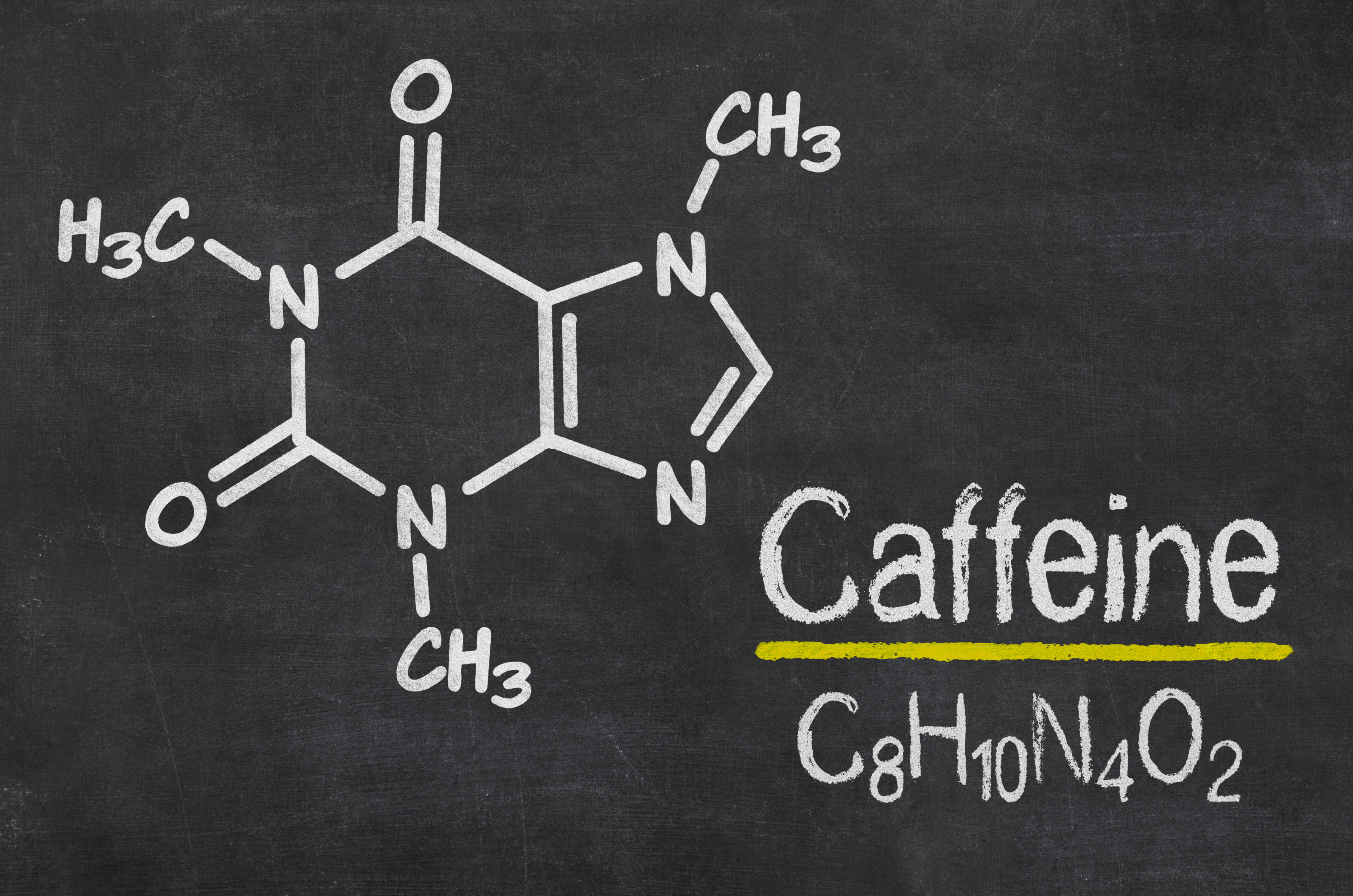Researchers Synthesize Caffeine-Like Compounds to Fight Parkinson’s

Researchers have synthesized two compounds that resemble caffeine and prevent the misfolding of alpha-synuclein — the culprit of neurodegeneration in Parkinson’s disease. These compounds were shown to effectively prevent the cells from dying.
The findings by researchers from University of Saskatchewan in Canada advance the understanding of processes that lead to clumping of alpha-synuclein and may lead to new treatments of the disease.
The study, “Novel Dimer Compounds That Bind α-Synuclein Can Rescue Cell Growth in a Yeast Model Overexpressing α-Synuclein. A Possible Prevention Strategy for Parkinson’s Disease,” was published in the journal ACS Chemical Neuroscience.
Several epidemiological studies have noted that Parkinson’s disease is less common among people who drink plenty of coffee. This inspired the researchers to synthesize compounds with similar properties, which was a challenging task, according to the researchers.
Earlier data also has indicated that such compounds need to bind alpha-synuclein at both ends of the protein chain to be neuroprotective. A binding that produces a too-compact structure instead could be neurotoxic, so the work was a fine balance between the two.
The team synthesized 30 compounds acting as so-called “bifunctional dimers.” The term describes a type of drug that can link to two different substances. They first started with a caffeine scaffold, and then experimented attaching other substances reported to impact Parkinson’s disease. They tested nicotine, metformin, which is a diabetes medication, and aminoindan, a chemical resembling the Parkinson’s drug rasagiline.
By testing their compounds in a yeast model of Parkinson’s disease, the team found that two of the compounds bound to both ends of the alpha-synuclein protein chain, preventing it from aggregating. Cells treated with the two compounds also grew normally.
Testing the “monomer” versions of the compounds, that is molecules holding only one of the protective factors, did not produce equally good results.
“Many of the current therapeutic compounds focus on boosting the dopamine output of surviving cells, but this is effective only as long as there are still enough cells to do the job,” Jeremy Lee, a biochemist from the University of Saskatchewan College of Medicine and senior author of the study, said in a news release. “Our approach aims to protect dopamine-producing cells by preventing α-synuclein from misfolding in the first place.”
“Our results suggest these novel bifunctional dimers show promise in preventing the progression of Parkinson’s disease,” said Lee.






